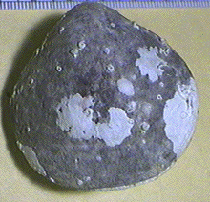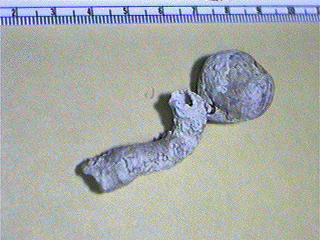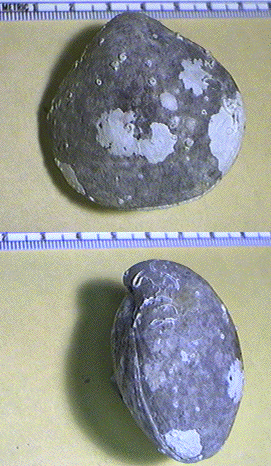Brachiopods are exclusively marine bivalved animals. They were common in the Paleozoic seas that covered much of North America but their numbers and diversity have decreased since the beginning of the Mesozoic. Most of the modern brachiopods belong to the terebratuloid group.


Terebratuloid Brachiopods, Terabratella Sanguinea
Description: This terebratuloid brachiopod from New Zealand has set up housekeeping on a worm tube. Note the short, fleshy pedicle that extends from the opening on the beak to the tube.

Terebratuloid Brachiopods (2 views), Neothyris lenteicularis
Description: This terebratuloid brachiopod is no longer attached to a solid substrate but it is covered with several examples of epifauna (organisms that established living space on another animal). The tiny white spots are probably spirorbid worms. The large splotches are algae. The second image is a lateral view of the above specimen that shows long, sinuous tubes of annelid worms.